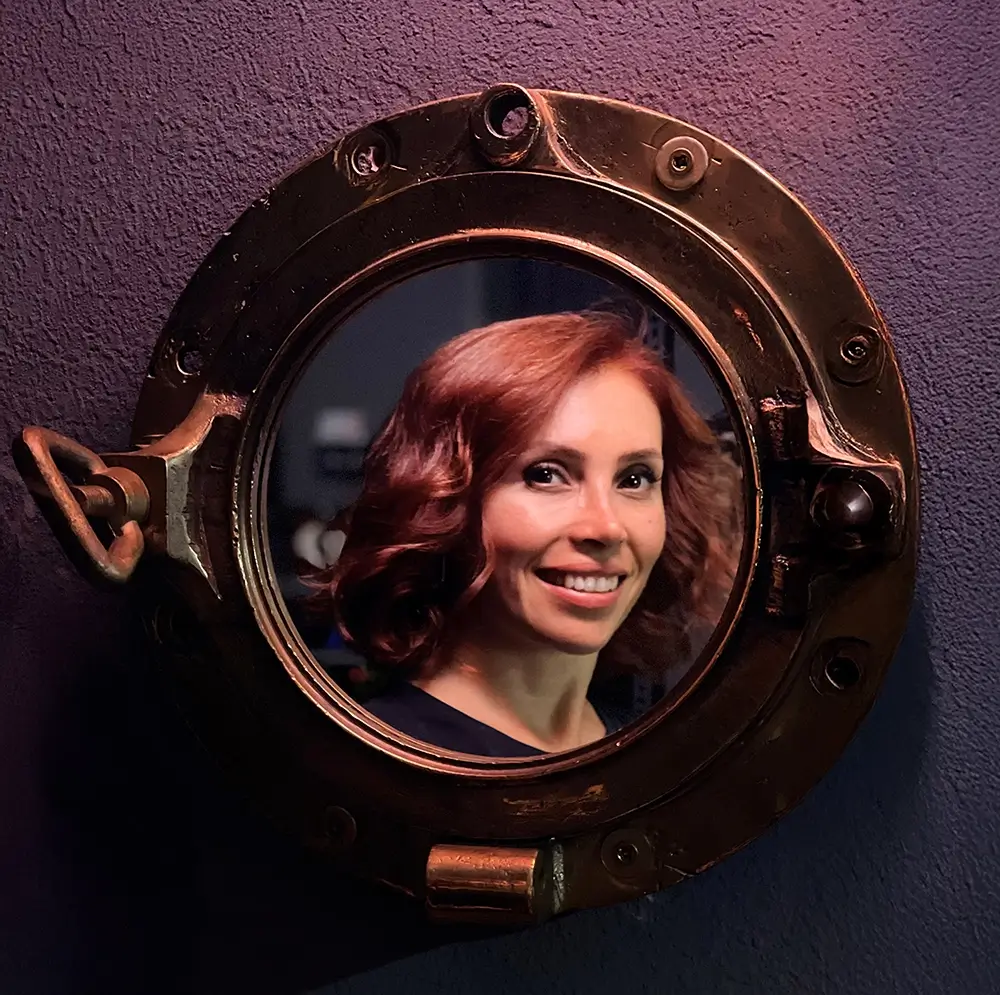Neşe Arı is an independent artist based in Istanbul, who has transformed photography into a powerful means of personal expression. Immersed in the world of photography for over fifteen years, Arı focuses on capturing the simple yet profound moments of everyday life. Working primarily in documentary, travel, and street photography, she draws attention to human stories, emotions, and the often unseen details of life. Her photographs invite the viewer to witness small but meaningful fragments of time.
Her artistic approach is built on sincerity, simplicity, and a strong narrative voice. Particularly passionate about social responsibility projects, she gained recognition through her long-term project "Yaşamda Kal" ("Stay Alive"), which sheds light on the life journeys of individuals overcoming physical disabilities. Through this project, she aims to highlight the strength and resilience of people who reclaim life through sports.
Neşe Arı’s work has been exhibited in numerous shows across Turkey and internationally, and has been published in renowned outlets such as The Times, The Daily Telegraph, and The Guardian. In 2016, she was awarded the EFIAP distinction by the International Federation of Photographic Art (FIAP). Her photographs have also been featured in major international projects such as "Women's Cry", "Changes", and "Open Doors", and her work has been showcased in exhibitions in the Vatican and many other countries.
For Neşe Arı, every journey and every new face represents a story waiting to be told. She continues to use her camera as a tool to create photographs that touch lives, provoke thought, and evoke deep emotions.
Artistic Vision:
As Neşe Arı, I aim to make the simple yet profound moments of life visible. I use photography as a language to touch human stories, reveal emotions, and uncover the hidden beauty of everyday life. With each frame, I strive to create an impact that invites the viewer to reflect, feel, and connect with the essence of existence. By emphasizing sincerity, simplicity, and the strength of the human spirit, I seek to preserve and celebrate the diverse faces and stories of life.
